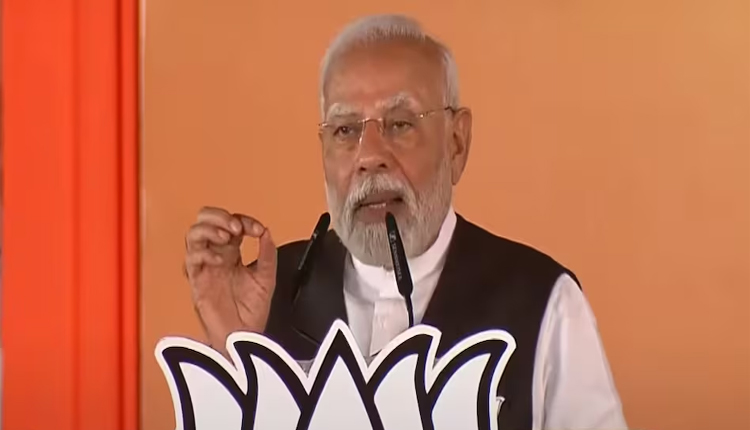New Delhi: In a span of just 126 days, the Bharatiya Janata Party (BJP) has moved from political uncertainty to an emphatic victory. On 4 June 2024, the party faced a major setback in the Lok Sabha elections, falling short of a majority with just 240 seats. However, on 8 October, the BJP achieved a resounding win in the Haryana Assembly elections, securing its third consecutive term in the state. This victory marks a remarkable turnaround for a party that had been grappling with anti-incumbency and internal concerns.
Haryana was seen as a crucial battleground for the BJP, following its underwhelming performance in the general elections. Despite 10 years in power, the BJP was facing a significant challenge from the Congress, which had been buoyed by its earlier success. The Lok Sabha defeat had cast doubts over the BJP’s ability to maintain its dominance, but the party executed a careful and deliberate strategy to reclaim the narrative.
Prime Minister Narendra Modi played a key role in the campaign, although he and the party’s leadership adopted a quieter approach compared to their rivals. Modi addressed fewer rallies than Congress leader Rahul Gandhi, holding targeted events in key constituencies. In these rallies, the BJP avoided grand spectacles, opting instead for smaller, focused gatherings. The party highlighted the achievements of its “double-engine government” at both the state and central levels, focusing on issues such as the farmer movement and the Agniveer scheme.
The BJP also capitalised on internal rifts within the Congress, particularly between prominent leaders Bhupinder Singh Hooda and Kumari Selja. These divisions, left unaddressed by the Congress high command, became a key talking point for the BJP, which connected the infighting to the broader issue of Dalit representation. This narrative helped the BJP consolidate support, particularly in non-Jat constituencies, and ensured a comprehensive electoral strategy.
BJP’s groundwork extended beyond campaign messaging. The party invested heavily in booth management and mobilised local leaders to address grassroots concerns. The election was framed as a battle between Jat and non-Jat voters, with the BJP positioning itself as the champion of non-Jat interests. The shift in leadership from Manohar Lal Khattar to Nayab Singh Saini six months before the election also played a critical role in neutralising anti-incumbency sentiment.
In stark contrast, Congress, which had been overconfident after its performance in the Lok Sabha elections, appeared complacent. The party leadership believed they were set for a victory in Haryana, focusing more on internal power struggles than electoral strategy. Congress failed to ally with regional partners like the Aam Aadmi Party (AAP) and the Samajwadi Party (SP), opting instead to contest the election independently. This decision proved costly, as the BJP not only won but also weakened Congress’s influence among its potential allies.
The BJP’s victory in Haryana has not only boosted the morale of its workers but also revived the party’s prospects in upcoming elections. The states of Maharashtra, Delhi, Jharkhand, and Uttar Pradesh are next in line, and buoyed by this success, the BJP is eager to continue its winning streak. Prime Minister Narendra Modi is expected to personally congratulate party workers, reinforcing the message that the defeat in June is now firmly in the past.
For the Congress, this defeat serves as a stark reminder of the challenges it faces. The party’s inability to secure alliances or present a unified front in Haryana has diminished its bargaining power in the upcoming state elections. The Congress now finds itself on the back foot, struggling to maintain relevance in the face of a resurgent BJP.
The BJP’s comeback in Haryana has reshaped the political landscape, not only in the state but across the country. As the party celebrates its victory, the stage is set for a series of high-stakes elections that could further solidify its dominance or provide Congress with a chance at redemption.



Comments are closed.